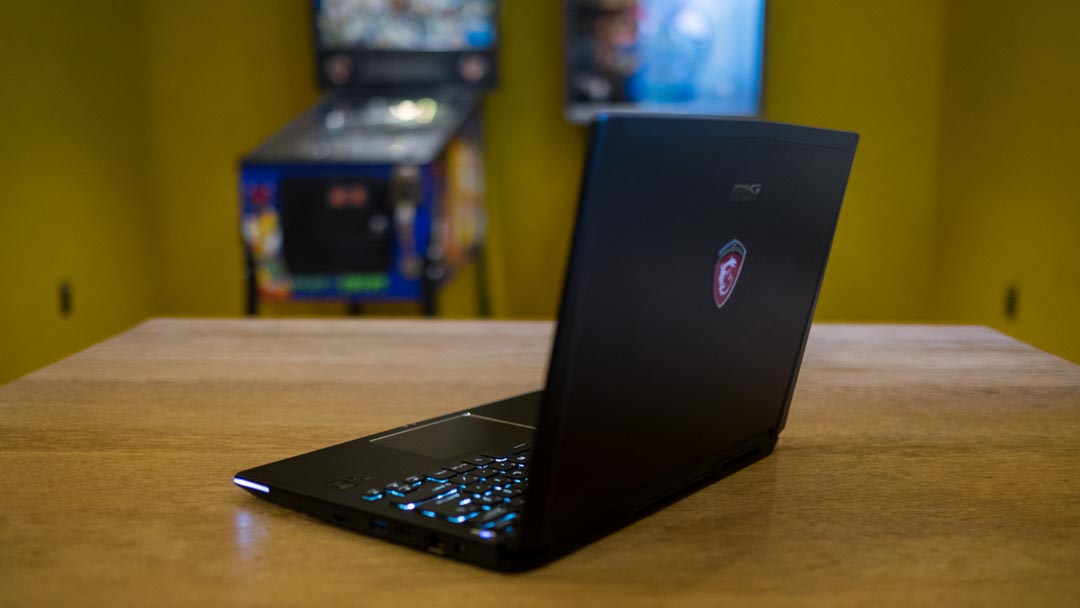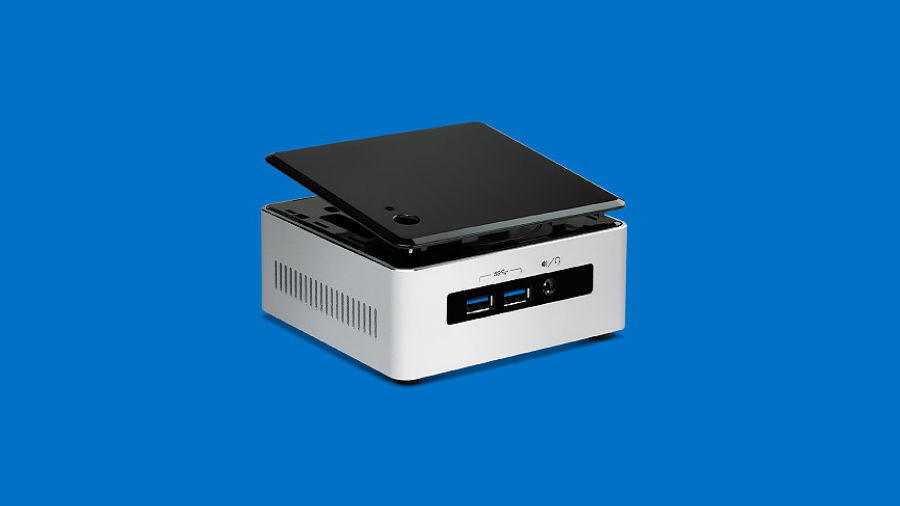From Iris Pro to Raptr: why integrated graphics are finally in the game
A fifth of Steam users are anything but discrete
TRP: What was behind the decision to bring Iris Pro graphics to the desktop?
JW: Iris Pro in the desktop is pretty exciting. When we launched it back in the middle of 2013, the biggest question everyone asked was why we didn't put it on desktop. We spent time looking at what people want and what they are interested in before deciding to do that.
Iris Pro is interesting for people looking at doing entry-level gaming because of its graphics performance. Somebody could look at it in the channel and decide to build an entry-level system that's balanced for content creation and entry-level gaming.
TRP: What other types of products could we see Iris Pro benefit?
JW: There are really some interesting and innovative products coming out that we'll see, such as the MSI GS30 where you can have an Iris Pro for a great mobile gaming experience in a thin gaming platform.
I look at it as the starting point for somebody that wants a thin, thermally constrained, platform that might want to do some gaming but also values content creation, video editing and having a great display experience.

TRP: Intel's new NUCs have Iris Graphics. What will they be able to do that the previous generation NUCs couldn't?
Sign up to the TechRadar Pro newsletter to get all the top news, opinion, features and guidance your business needs to succeed!
JW: The new NUC that we talked about at GDC is coming out with Iris Graphics. Iris Pro is a step up from Iris Graphics, just like Iris Graphics is a step up from HD graphics, which provides a good entry-level consumer-business experience for graphics, media creation, display, watching and editing videos, and some light gaming.

TRP: What's the advantage of Iris Pro-equipped CPU solutions being LGA-socket compatible?
JW: Our graphics is really designed for power-efficient, thin form factors such as Gigabyte's BRIX Pro products out there today that use our 65-watt Iris BGA product. Our new Iris Pro part that's coming is LGA socket compatible, so it's easier for somebody in the channel to put it in a small form factor that's using that socket.
You're not necessarily looking to put discrete graphics in there, but you're valuing other attributes of small size, lower power and quietness in a home theatre PC-type environment. Somebody using that might want higher visual workloads in visual signage and these different kinds of spaces.
Iris Pro consumes a bit more power which is OK because graphics scales with power, so you're able to get 50% better gaming performance out of it and improved media performance compared to HD graphics. It gives a slightly better experience across the board for what somebody would want to do with that device.
TRP: What does the future hold for integrated graphics?
JW: If you look at the trends out there, we can see higher resolutions in things like VR and GoPro, 360-type video. The world is remaining incredibly visual, and with people taking pictures using their cell phones, and increases in camera resolution, there are already very high standards that are going to continue.
The future of Intel graphics is to lead and meet the demands of customers that want that balanced visual experience — whether that's visual display media or gaming.
- 1
- 2
Current page: Iris Pro on desktops, new NUCs and beyond
Prev Page Raptr, investment and power efficiency